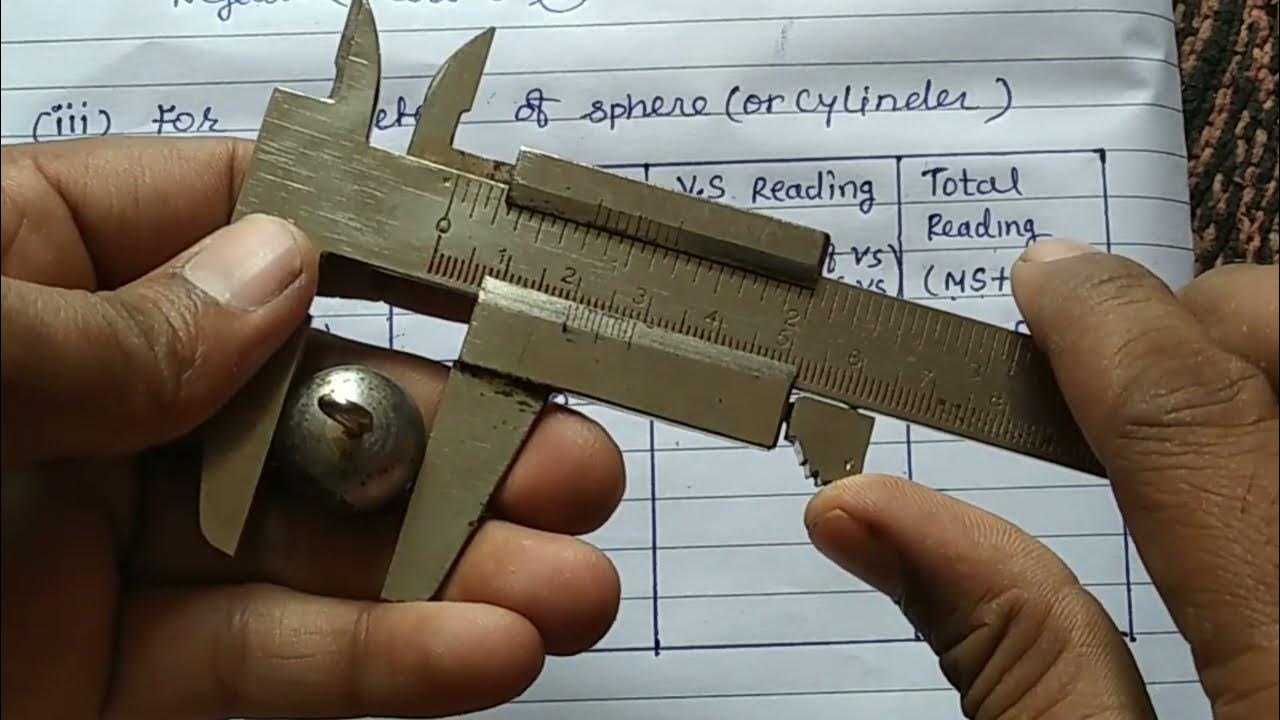Utilisation du Banc Kofler
Summary
TLDRThis instructional video demonstrates how to use a hot plate to measure the melting point of a solid. The hot plate, with a temperature gradient from 50 to 260°C, must be handled carefully and warmed up for 30-45 minutes before use. The green light indicates equilibrium. The process involves calibrating the hot plate with benzil as a reference solid at 95°C. The solid is slowly moved across the plate until it melts, and the melting point is read at the boundary between solid and liquid. The plate is cleaned with ethanol after each use. The procedure is repeated for the actual solid to determine its melting point.
Takeaways
- 🔥 Use a hot plate (banc coffre) to measure the melting temperature of a solid.
- 🌡️ The hot plate has a temperature gradient from 50 to 260°C.
- ⚠️ Handle the hot plate carefully, keeping it away from volatile and flammable solvents.
- ⏱️ Turn on the hot plate 30 to 45 minutes before use to establish the temperature gradient.
- 🟢 A green light indicates that the hot plate is balanced and ready for use.
- 📏 Calibration is necessary for accurate measurements, using a standard substance like benzil at 95°C.
- 🔍 Start by locating the area on the hot plate with temperatures close to but below the expected melting point.
- 📍 Place a small amount of the standard substance on the plate and slowly move it towards the hotter area.
- 🕒 Allow thermal equilibrium between the solid and the plate to establish during the movement.
- 💧 Identify the melting point by observing the first drop of liquid.
- 📏 Move the carriage horizontally until the cursor is at the boundary between solid and liquid, then vertically to read the melting temperature.
- 🧼 Clean the plate in two steps: first, move the liquid and solid residue to the cold area, then wipe the measured area with ethanol-soaked cotton.
- 🔄 Repeat the process for the actual measurement after cleaning.
Q & A
What is the purpose of the hot plate mentioned in the script?
-The hot plate, or 'banc de fusion' in French, is used to measure the melting temperature of a solid.
What is the temperature range of the hot plate?
-The hot plate has a temperature gradient ranging from 50 to 260°C.
What safety precautions should be taken when using the hot plate?
-It should be handled carefully and kept away from volatile and flammable solvents.
How long should the hot plate be turned on before starting the measurement?
-The hot plate should be turned on 30 to 45 minutes before the measurement to allow the temperature gradient to stabilize.
What does the green light on the hot plate indicate?
-The green light serves as an indicator, and its blinking signifies that the hot plate is balanced.
What is the approximate melting temperature of the solid used for calibration?
-The solid used for calibration, benzil, has a melting temperature of approximately 95°C.
How should the solid be moved on the hot plate during the calibration process?
-The solid should be moved slowly towards the hot zone using the tip of the small spatula provided with the hot plate to allow thermal equilibrium to establish.
How is the melting temperature of the standard determined?
-The melting temperature is determined when the first drop of liquid appears, and then the carriage is moved horizontally until the cursor is at the boundary between solid and liquid.
What is the procedure to avoid parallax error during the reading?
-To avoid parallax error, the eye should be directly vertical to the index during the reading.
How should the hot plate be cleaned after the measurement?
-The hot plate should be cleaned in two steps: first, by moving the liquid and solid residue to the cold zone, then outside the plate with a dry cotton; second, by cleaning the surface with a cotton soaked in a small amount of ethanol.
What is the procedure for the actual measurement of the melting temperature of a solid?
-The procedure is similar to calibration: deposit the solid in an area close but below the expected melting temperature, slowly move it towards the hot zone until the liquid appears, then move the carriage horizontally until the cursor is at the boundary between solid and liquid.
Outlines

此内容仅限付费用户访问。 请升级后访问。
立即升级Mindmap

此内容仅限付费用户访问。 请升级后访问。
立即升级Keywords

此内容仅限付费用户访问。 请升级后访问。
立即升级Highlights

此内容仅限付费用户访问。 请升级后访问。
立即升级Transcripts

此内容仅限付费用户访问。 请升级后访问。
立即升级5.0 / 5 (0 votes)






